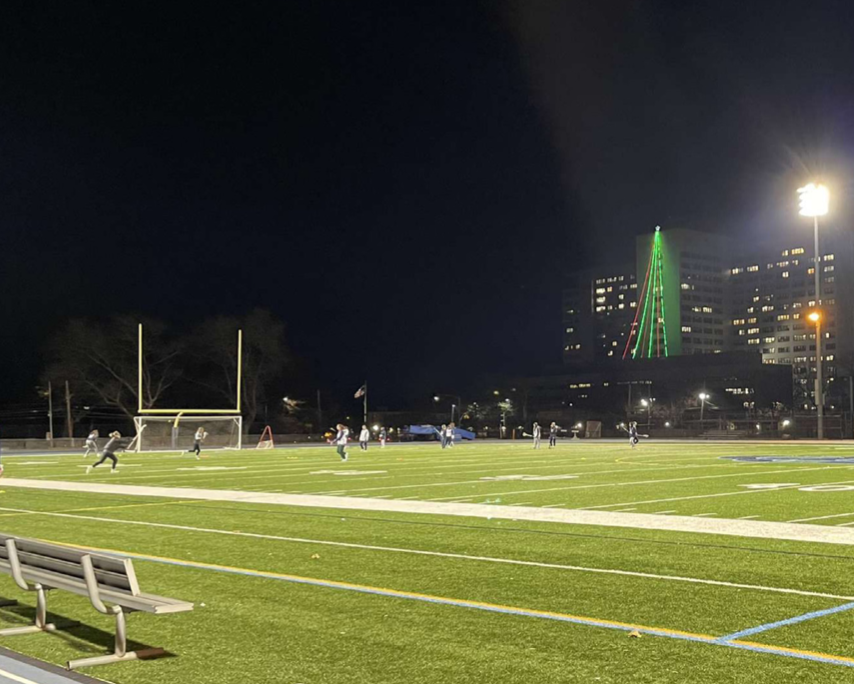Daylight Savings: Inconvenient and Impractical
January 16, 2023
On the first Sunday of November, most North Americans set their clock back an hour, ending daylight savings. We set our clocks forward an hour on the second Sunday of every March to start daylight savings again. Over 70 countries around the world observe daylight savings. Throughout the winter months, there is less daylight. During this time we prioritize the sun rising earlier, and as a result, the sun sets extremely early.
Currently, in the month of November, the sun sets at approximately 4:30 p.m. This can be difficult for students at Poly because school doesn’t end until 3:35 p.m. and the early buses don’t leave campus until 4 p.m. Even students that take the early bus are most likely arriving home as the sun is setting or once it is already dark outside. It can be unsafe for students to walk around by themselves in the dark.
At 4:30 p.m. I feel like the afternoon is only beginning, but the sun setting tells me otherwise. The days feel so long when the sun sets early since a lot of my day is spent in the dark. As a winter athlete, it is much less enjoyable practicing in the dark. The winter already feels depressing due to the cold weather, and the darkness only makes matters worse. I am not the only one feeling this way. According to CBS News, most Americans prefer permanent daylight savings (March-November) to standard time (November-March). Newsweek stated that in 2020 the American Academy of Sleep Medicine conducted a survey and found that 63 percent of people prefer a fixed year-round time. In a CBS News poll, 79 percent of people said they would rather have a fixed year-round time. However, the poll was mixed over the preference of daylight or standard time. Both options have downsides. If we keep daylight savings time, the sun would rise at approximately 7:45 a.m., later than most in the Poly community wake up. I personally would be willing to wake up in the dark if it means I get an extra hour in the afternoon.
There have been many theories about the origins of daylight savings. Some believe that Benjamin Franklin thought of daylight savings in his essay “An Economical Project.” Others think that daylight savings was created for the benefit of agricultural societies, yet surprisingly, according to Newsweek, some farmers were against daylight savings since it messed with their routine. They wanted to work according to the sun and seasons instead of the clocks. Daylight savings was actually created to conserve energy/electricity and get the most out of the daylight. We now live in an industrialized society, so especially in urban areas, like New York City, it isn’t logical to continue this tradition.
Hawaii and most of Arizona are the only areas in this country that do what works for them and are not on daylight savings time. Instead, they stay on standard time all year round. In Arizona, the heat can get unbearable in the summer and people would rather be out when it is darker because it is cooler. Hawaii is very close to the equator so the days are around the same length in the winter and summer. Hawaii has never observed daylight savings. New York is up north, so we experience the opposite problems with temperature and length of days.
This past March, the Senate passed the Sunshine Protection Act, which would make daylight savings time permanent starting in 2023, but according to NBC News, the bill has stalled in the House. I hope that the House will listen to the people by passing this bill and sending it to President Joe Biden to sign. As a long distance track athlete, with an extra hour of light in the afternoon, I would be able to feel safe leaving campus to go on a run.

























